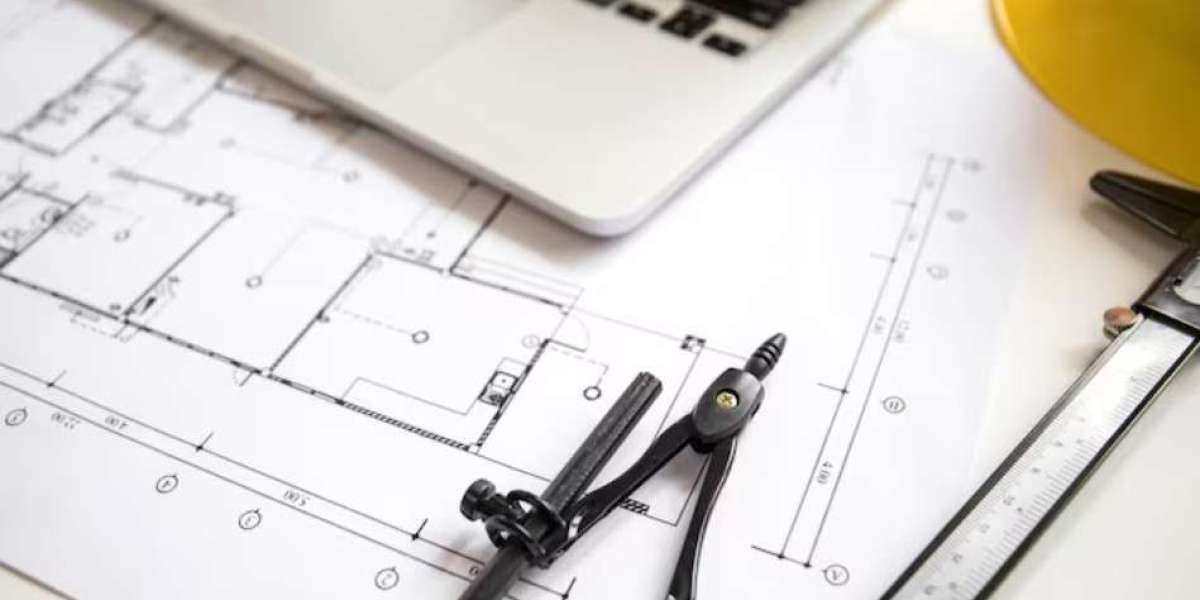In today’s engineering and manufacturing sectors, software tools that offer precision, automation, and collaboration are essential. Autodesk addresses these needs through its powerful design platforms—AutoCAD Electrical and AutoCAD Mechanical. These two industry-focused applications are built to optimize workflows in electrical and mechanical design fields, helping engineers save time, reduce errors, and increase productivity.
Streamlined Electrical Design with AutoCAD Electrical
AutoCAD Electrical is a specialized version of AutoCAD tailored for electrical engineers. Unlike the general AutoCAD platform, this software is equipped with tools that automate the creation of electrical schematics, wiring diagrams, and panel layouts.
It features an extensive library of over 700,000 electrical symbols that comply with global standards, which drastically reduces the time spent drawing individual components. One of its strongest advantages is its ability to automate tasks such as wire numbering, circuit tagging, and component labeling. These tasks, when done manually, are time-consuming and prone to error.
With AutoCAD Electrical, engineers can also generate comprehensive reports, including Bills of Materials (BOM), cable lists, and PLC I/O drawings, with just a few clicks. This makes project documentation faster and more accurate, while also simplifying collaboration with manufacturing and installation teams.
Precision Drafting with AutoCAD Mechanical
AutoCAD Mechanical is designed for mechanical engineers who require robust drafting tools to create complex mechanical parts and assemblies. This version includes a massive library of standard components—nuts, bolts, gears, washers, and more—all designed to international standards such as ISO, ANSI, and DIN.
In addition to standard part libraries, AutoCAD Mechanical offers intelligent dimensioning, automated layer management, and real-time BOM creation. These features enable engineers to produce clear, precise mechanical drawings with minimal manual input. Another key feature is the ability to create associative parts lists and documentation that automatically update when changes are made to the design.
This software also supports design reuse, allowing engineers to bring in previously developed components and assemblies into new projects. This saves time and promotes consistency across designs, especially in large-scale or repeat production projects.
Integration for Cross-Disciplinary Projects
The real power of AutoCAD Electrical and AutoCAD Mechanical becomes evident when they are used together in complex, multidisciplinary projects. For instance, in the design of automated machinery, the electrical control system must be carefully integrated with the mechanical layout. Using both tools enables seamless collaboration between electrical and mechanical engineering teams.
Changes in one part of the design can be reflected in the other, reducing the risk of mismatches, delays, or costly revisions. This integrated workflow ensures higher accuracy, faster completion, and smoother implementation of engineering solutions.
Conclusion
Whether you are designing electrical control panels or mechanical systems, using the right tools can make all the difference. AutoCAD Electrical and AutoCAD Mechanical are purpose-built to meet the unique needs of their respective fields. When used individually or together, they help engineers produce better designs, reduce manual work, and deliver results faster.
Investing in AutoCAD Electrical and AutoCAD Mechanical is a strategic move for any engineering team aiming to stay competitive, precise, and efficient in today’s demanding industry landscape.



